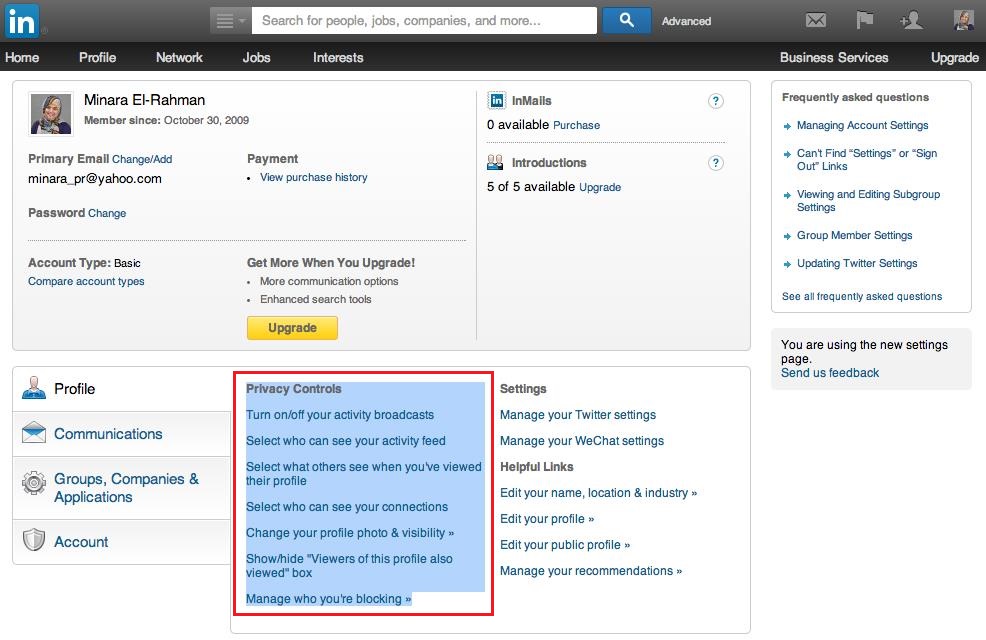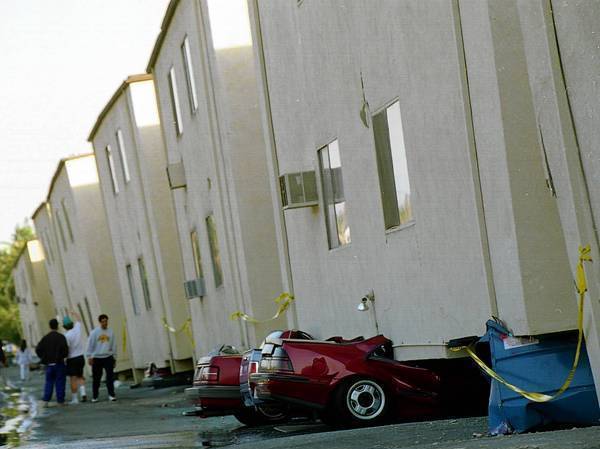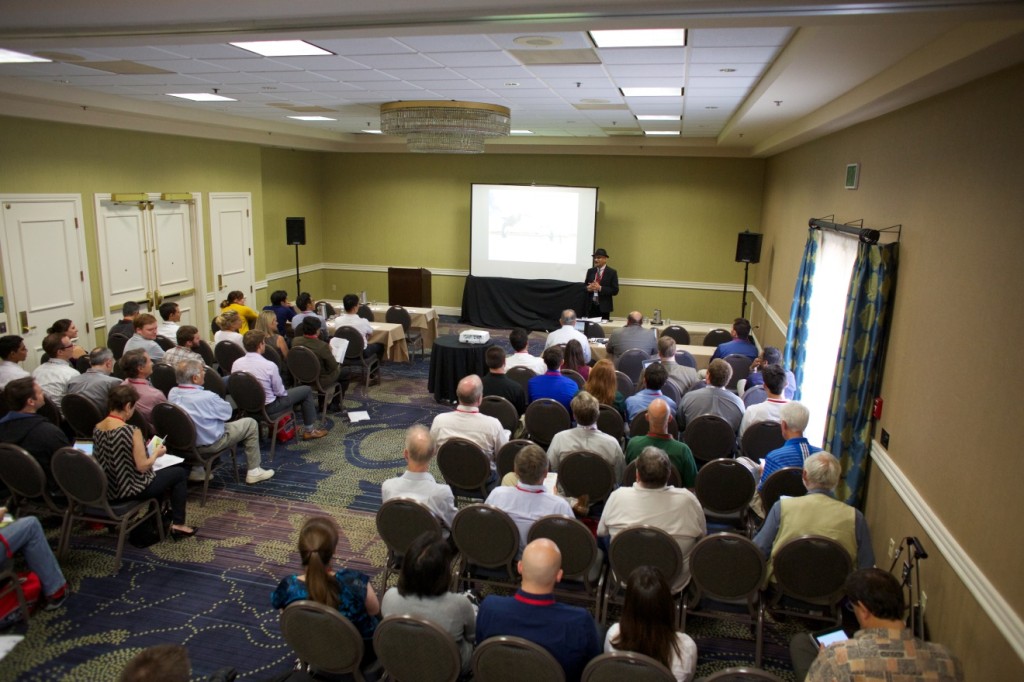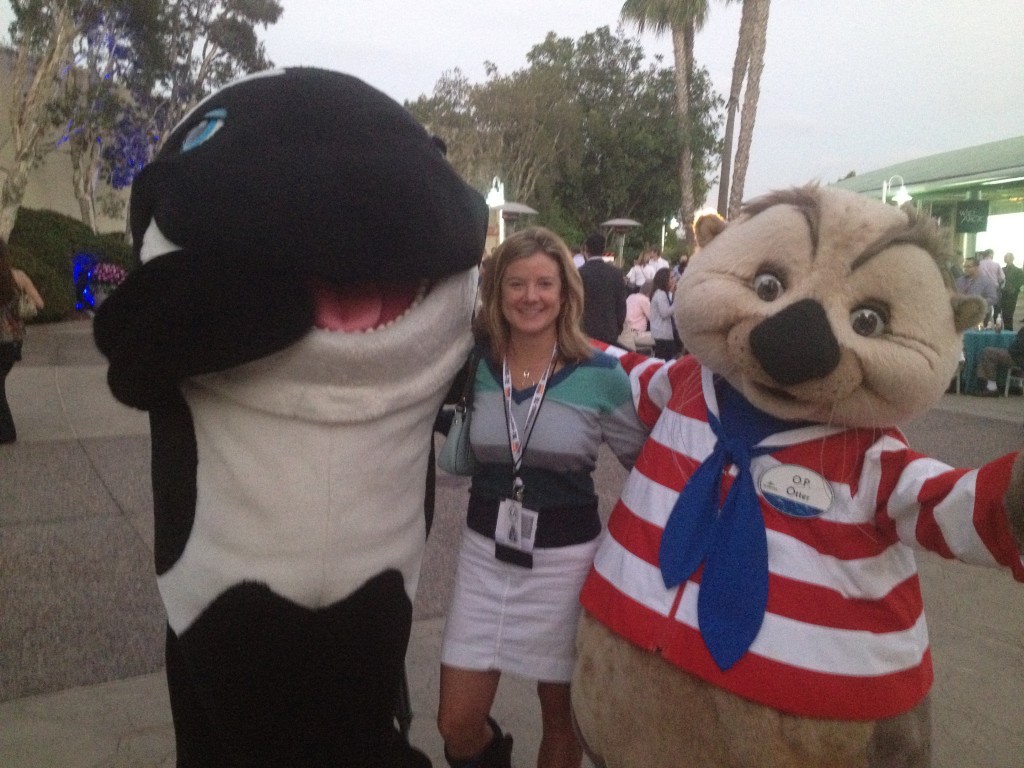As many of you know, LinkedIn is a social networking website specifically aimed at business professionals and is designed to help you  connect and network with people you know and trust. You can add colleagues, peers and others as contacts and send them messages. You can create and update your personal profile to let your contacts know about your professional activities, and both recommend or endorse your contacts and get recommended or endorsed by your contacts for your professional skills. In addition, you can join groups to communicate with other professionals within the same sector or industry. You are also able to ask and answer industry-related questions, and to learn about and apply for job openings.
connect and network with people you know and trust. You can add colleagues, peers and others as contacts and send them messages. You can create and update your personal profile to let your contacts know about your professional activities, and both recommend or endorse your contacts and get recommended or endorsed by your contacts for your professional skills. In addition, you can join groups to communicate with other professionals within the same sector or industry. You are also able to ask and answer industry-related questions, and to learn about and apply for job openings.
A basic membership on LinkedIn is free, but you can also upgrade your account in order to have access to professionals outside of your network.
To help guide you, here are some best practices for how to set up and optimize your LinkedIn account.
Update and Complete Your Profile
 Having a complete and updated profile on LinkedIn allows you to put your best face forward. Make sure to summarize your role and responsibilities and current and past work experience, highlighting the details you think will make a prospective customer want to work with you. Include a professional-looking headshot and your current contact information. LinkedIn will even tell you your profile strength on the right-hand rail.
Having a complete and updated profile on LinkedIn allows you to put your best face forward. Make sure to summarize your role and responsibilities and current and past work experience, highlighting the details you think will make a prospective customer want to work with you. Include a professional-looking headshot and your current contact information. LinkedIn will even tell you your profile strength on the right-hand rail.
Join Industry Specific Groups
Joining groups that are relevant to our industry will allow you to participate in online industry discussions. Answering questions related to your field of expertise within these discussions is an excellent way to position yourself as an authority and build your professional reputation. Here are some structural engineering groups that you can start with:
SEAOC-Structural Engineers Association of California
Forge Connections
Connect with people you already know using your email contacts. This will help you maintain your existing relationships as well as branch out to connect with industry-related people your contacts may know. Another great feature of LinkedIn is that it will tell you “People You May Know” based on where you work or are already linked to. This feature will help you find meaningful connections.
Follow the Company Page and Share Posts
Simpson Strong-Tie has a company LinkedIn page to connect with customers. Company pages are a way to keep up to date on trends in design and building materials, code changes, product launches and other industry news. Make sure to follow the Simpson Strong-Tie company page so that you can stay informed about our latest news and updates.
Make sure to review and manage your privacy settings to help you control how many people can view your activities and personal information. You can do this by hovering your mouse on your thumbnail image on the far right- hand side of your home page. You should see an Account & Settings drop-down menu appear with an option that says “Privacy & Settings: Manage.” Click this option. Once you are there, you can manage all of your privacy settings.
You should see an Account & Settings drop-down menu appear with an option that says “Privacy & Settings: Manage.” Click this option. Once you are there, you can manage all of your privacy settings.
How do you use LinkedIn as part of your engineering career? Let us know in the comments below.







